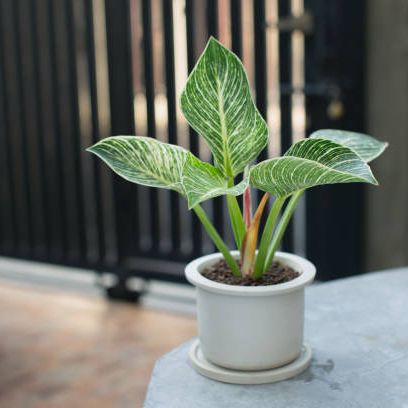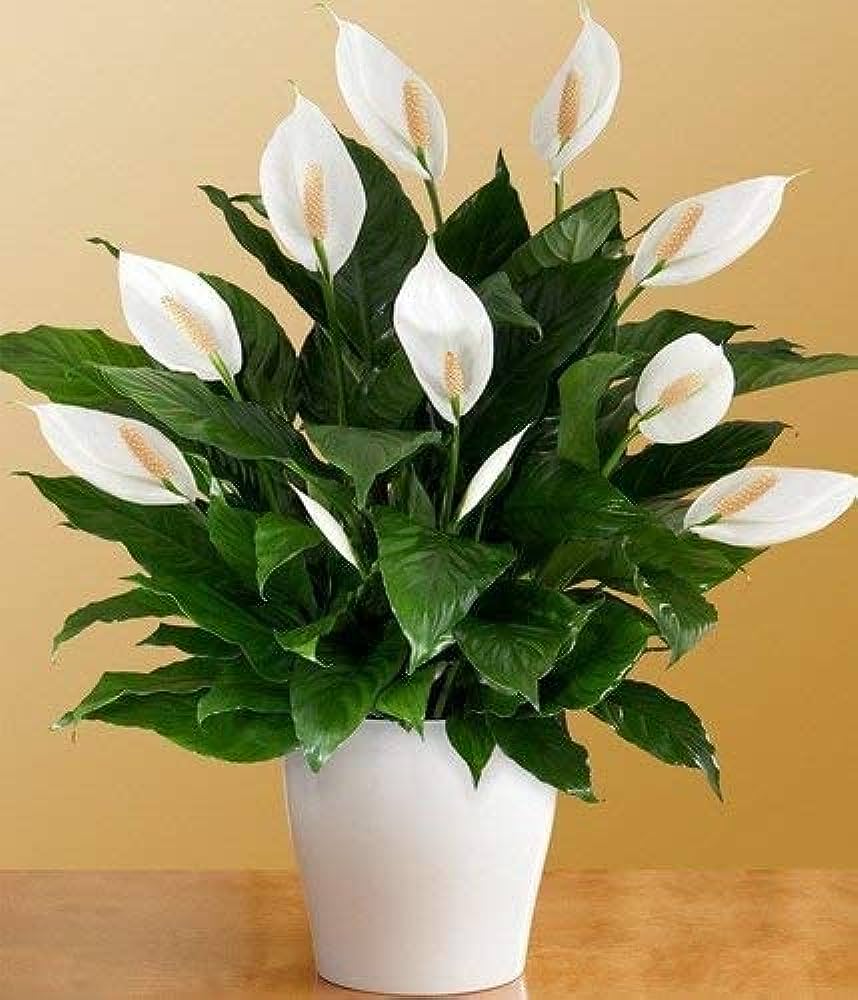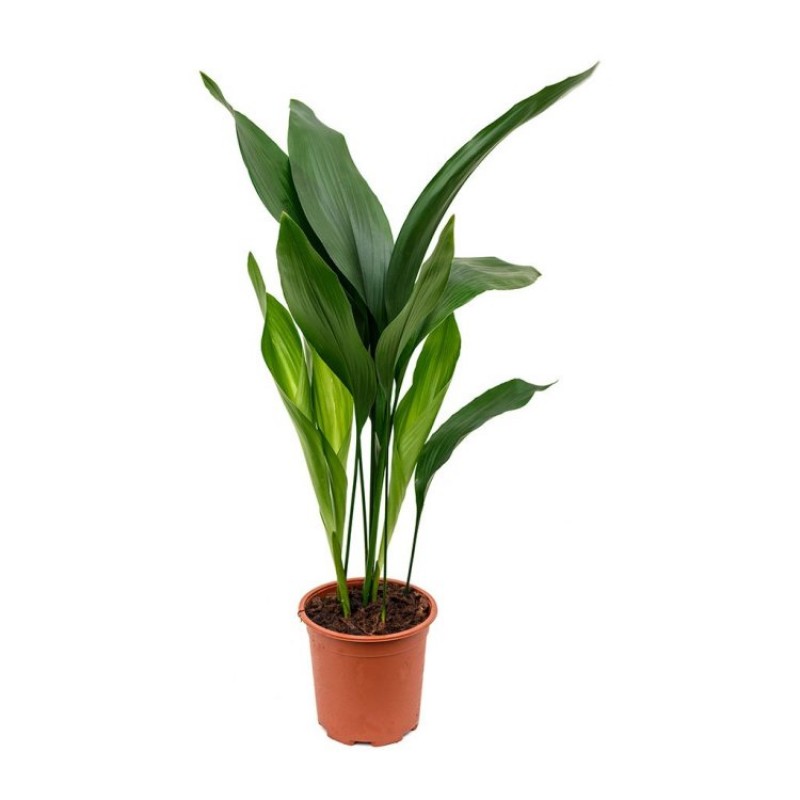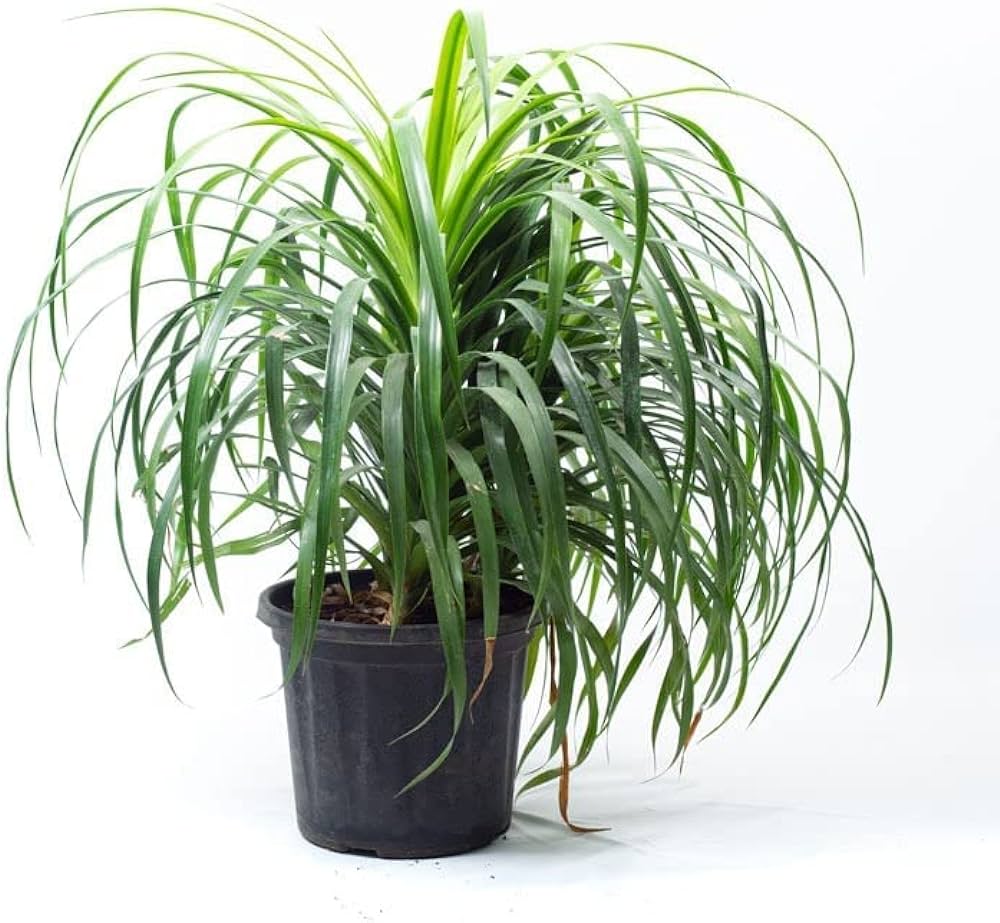Discover the lush world of low-light gardening! In our blog, delve into the realm of resilient greenery that thrives in dim conditions. From elegant peace lilies to vibrant snake plants, explore the perfect companions for your shady corners. Unveil the beauty of nature’s adaptable marvels in your indoor oasis.
1. Snake Plant (Sansevieria)
The Snake Plant (Sansevieria) thrives in low to bright indirect light, tolerates neglect, and requires minimal watering. It’s an excellent, hardy choice for low light environments and beginner gardeners.
- Light Needs: Low to bright indirect light
- Care: Tolerates neglect; water sparingly

2. ZZ Plant (Zamioculcas zamiifolia)
The ZZ Plant (Zamioculcas zamiifolia) thrives in low to bright indirect light, is drought-tolerant, requires infrequent watering, and is easy to care for, making it perfect for low light environments.
- Light Needs: Low to bright indirect light
- Care: Drought-tolerant; water when soil is dry

3. Pothos (Epipremnum aureum)
Pothos (Epipremnum aureum) thrives in low to medium indirect light, is easy to care for, and can be propagated easily. It requires watering when the top inch of soil is dry.
- Light Needs: Low to medium indirect light
- Care: Water when top inch of soil is dry; easy to propagate

4. Philodendron
Philodendrons are popular low-light indoor plants, known for their lush, green foliage and easy care. They thrive in low to medium indirect light, requiring watering when the top inch of soil is dry.
- Light Needs: Low to medium indirect light
- Care: Water when top inch of soil is dry

5. Peace Lily (Spathiphyllum)
The Peace Lily (Spathiphyllum) thrives in low to medium indirect light, requires consistently moist soil, and produces beautiful white blooms, making it an elegant and easy-to-care-for indoor plant.
- Light Needs: Low to medium indirect light
- Care: Keep soil consistently moist; avoid direct sunlight

6. Cast Iron Plant (Aspidistra elatior)
Cast Iron Plant (Aspidistra elatior) is a tough, low-light indoor plant with glossy, dark green leaves. Requires minimal care and tolerates neglect, making it perfect for busy individuals or low-light environments.
- Light Needs: Low to medium indirect light
- Care: Water when top inch of soil is dry; highly resilient

7. Chinese Evergreen (Aglaonema)
Chinese Evergreen (Aglaonema) is a low-light, low-maintenance plant known for its attractive, variegated leaves. Ideal for indoor settings, it requires occasional watering and thrives in indirect light. Perfect for beginners.
- Light Needs: Low to medium indirect light
- Care: Water when top inch of soil is dry

8. Spider Plant (Chlorophytum comosum)
The Spider Plant (Chlorophytum comosum) thrives in low to bright indirect light, requires watering when the top inch of soil is dry, and produces baby plants that are easy to propagate.
- Light Needs: Low to bright indirect light
- Care: Water when top inch of soil is dry; produces “babies” that can be propagated

9. Parlor Palm (Chamaedorea elegans)
The Parlor Palm (Chamaedorea elegans) thrives in low to medium indirect light, needs consistently moist soil, and adds a touch of tropical elegance to indoor spaces with minimal care.
- Light Needs: Low to medium indirect light
- Care: Keep soil consistently moist; avoid overwatering

10. Dracaena
Dracaena thrives in low to medium light, is easy to care for, and comes in various species with striking foliage. Water when the top inch of soil is dry.
- Light Needs: Low to medium indirect light
- Care: Water when top inch of soil is dry; various species with different leaf shapes

These plants are not only tolerant of low light conditions but also relatively easy to care for, making them ideal for indoor environments such as offices, bedrooms, or living rooms with limited natural light.

